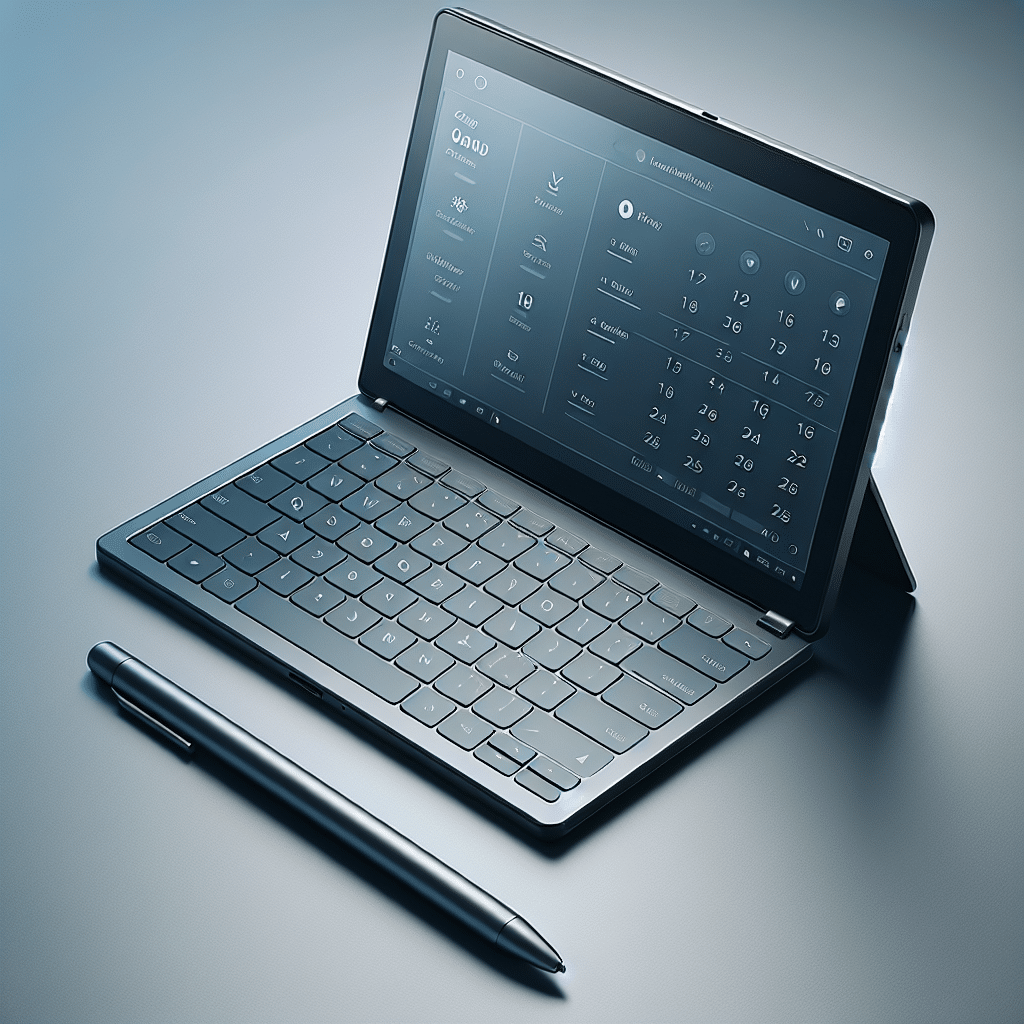Best Notebooks for Digital Organization
Understanding Digital Organization
Digital organization refers to the systematic arrangement of digital files, documents, and notes to enhance productivity. In a world where information is abundant, effective organization is crucial for quick retrieval and management of data. Notebooks designed for digital organization help users streamline their workflows, reduce clutter, and enhance creativity.
Key Features to Look For
When selecting a digital notebook, certain features significantly contribute to overall usability and efficiency. Here are pivotal aspects to consider:
-
Cloud Integration: Look for notebooks that seamlessly synchronize with cloud storage services like Google Drive or Dropbox. This feature allows for access across multiple devices, ensuring that notes are always available when needed.
-
Search Functionality: An effective notebook must have robust search capabilities, enabling users to find keywords or phrases quickly within their notes. Optical character recognition (OCR) technology can also convert handwritten notes into searchable text.
-
User-Friendly Interface: A clean and intuitive interface that enhances usability is crucial. A clutter-free design allows users to focus on their notes rather than navigating complex menus.
-
Cross-Platform Compatibility: Ideally, a digital notebook should work effortlessly across various operating systems, including Windows, macOS, iOS, and Android. This versatility ensures a consistent experience, irrespective of the device used.
-
Customization Options: Personalization features, such as customizable templates, color-coding, and tag systems, can help users organize their notes in a manner conducive to their workflow.
-
Task Management Features: The integration of task lists, to-do items, and reminders can propel productivity by keeping users aware of deadlines and important tasks.
Top Digital Notebooks
1. Notion
Notion has emerged as a leading productivity tool with extensive features for digital organization. Not only does it offer note-taking capabilities, but it also serves as a complete workspace that combines tasks, databases, and calendars.
-
Key Features:
- Highly customizable workspaces with templates for nearly every need.
- Real-time collaboration features for teams.
- Integration with various tools, including Google Calendar and Trello.
-
Best For: Users looking for a versatile platform that can handle notes, projects, and databases in one place.
2. Evernote
Evernote has been a favored choice for digital note-taking for many years. Its robust organizational system includes notebooks, tags, and a powerful search feature.
-
Key Features:
- Web clipping tool for saving articles, PDFs, and images.
- Integration with email services for converting emails into notes.
- Rich media support, allowing users to attach images, audio, and PDFs to notes.
-
Best For: Users who need a powerful, comprehensive tool for capturing information from a variety of sources.
3. Microsoft OneNote
Microsoft OneNote is an exceptional note-taking application that is part of the Microsoft Office Suite. It provides a free-form canvas for users to jot down notes, images, and links.
-
Key Features:
- Easy integration with other Microsoft applications and services.
- Sectioned notebooks that help in categorizing and organizing notes effectively.
- Collaborative features allowing multiple users to work on the same notebook.
-
Best For: Microsoft Office users who want a seamless experience between their favorite productivity tools.
4. Google Keep
Google Keep is an uncomplicated note-taking app that excels in quick note capture and task tracking. Its mobile-friendly interface makes it perfect for jotting down thoughts on the go.
-
Key Features:
- Color-coded notes for easy visual categorization.
- List-making capabilities integrated with Google Tasks.
- Voice notes that convert spoken words to text.
-
Best For: Users who prefer simplicity and need a lightweight tool for quick note-taking and to-do lists.
5. Roam Research
Roam Research is popular among academics and writers due to its unique approach to note-taking. It was designed to facilitate interconnected thoughts through bidirectional linking.
-
Key Features:
- Graph overview showing connections between notes, providing visual context.
- Daily notes feature to help keep a journal or log thoughts over time.
- Opportunity to create a Wikipedia-style knowledge base.
-
Best For: Individuals looking for deeper knowledge management and idea exploration.
6. Notability
Notability is particularly favored by students and professionals who prefer handwritten notes. It combines annotations, voice recording, and PDF editing capabilities.
-
Key Features:
- Effortless handwriting and sketching features with Apple Pencil support.
- Audio recording synchronized with handwritten notes for review.
- PDF importation and annotation, making it ideal for students.
-
Best For: Users who prefer to take handwritten notes and annotate digital documents.
7. Milanote
Milanote is a creative workspace that caters to designers and visual thinkers. It’s highly visual, promoting an aesthetic way to organize thoughts and ideas.
-
Key Features:
- Drag and drop interface for easy organization of images and links.
- Mood board creation capabilities for brainstorming sessions.
- Collaboration tools for sharing boards with teams.
-
Best For: Designers, marketers, and creative professionals who require a visually appealing platform for brainstorming and project planning.
Conclusion
Choosing the right digital notebook depends on individual preferences and organizational needs. By focusing on essential features and assessing personal workflows, users can leverage these tools to enhance their productivity and maintain digital organization effortlessly. Each platform offers unique advantages, and understanding these distinctions is key to selecting the ideal notebook for effective digital organization.
